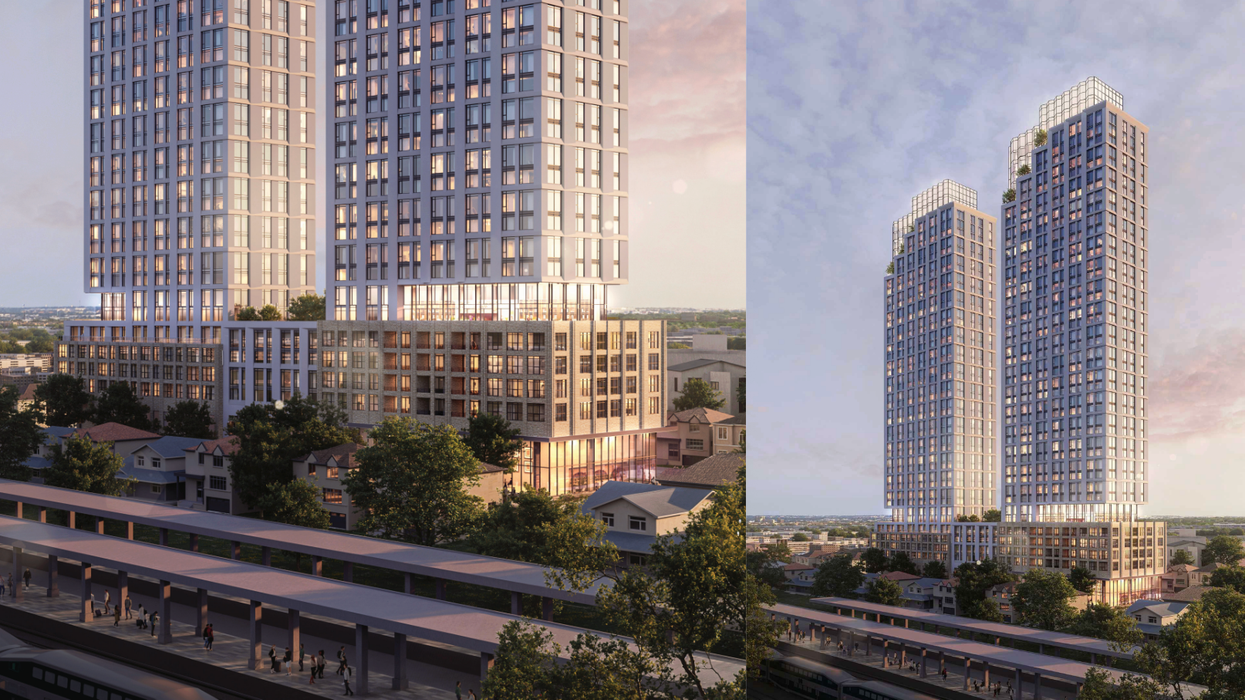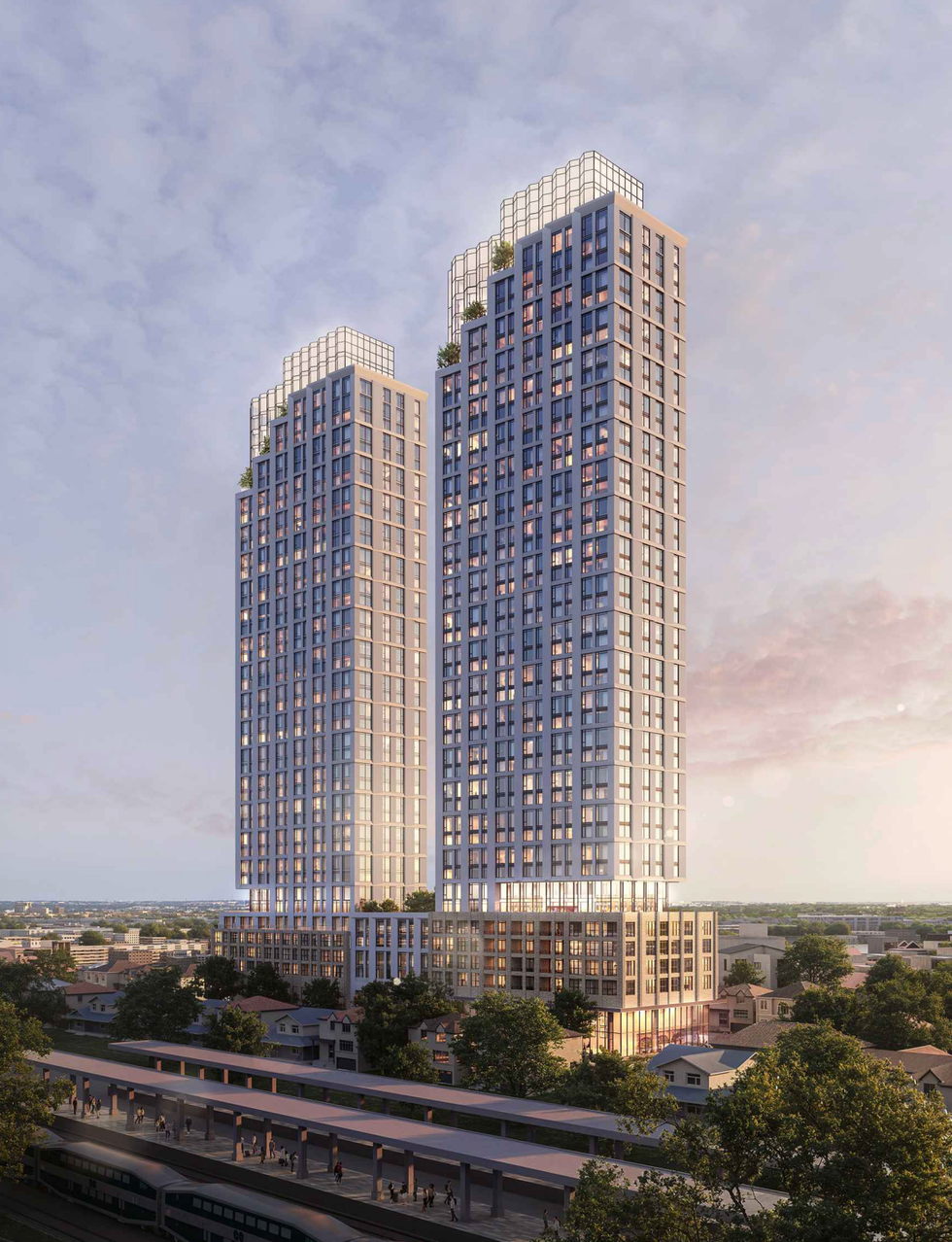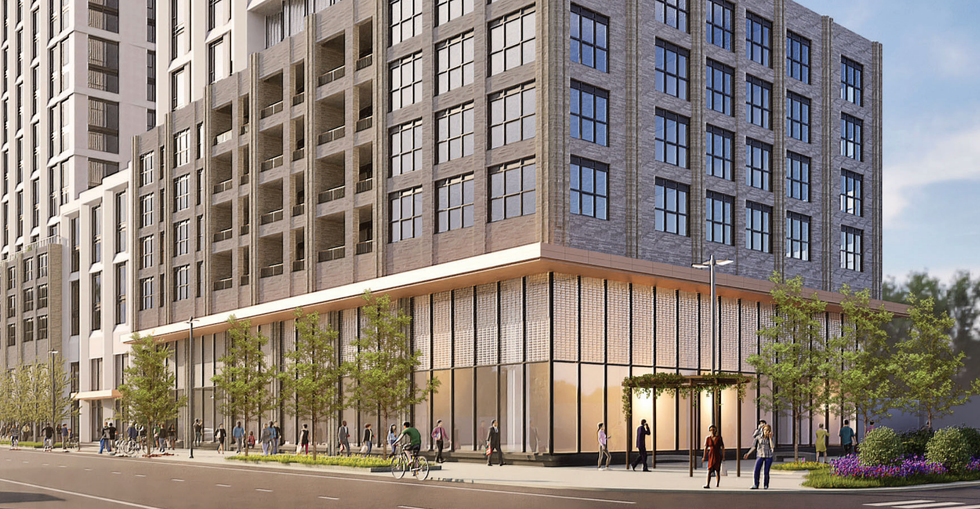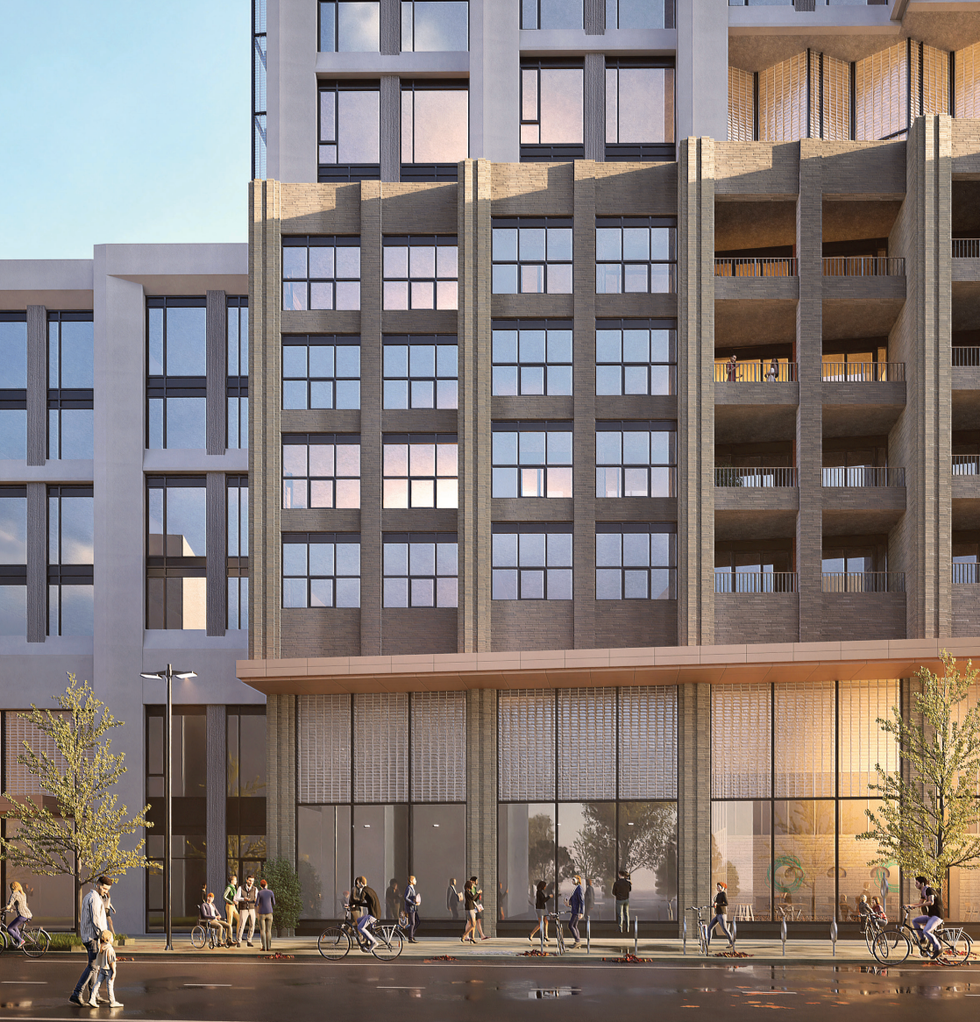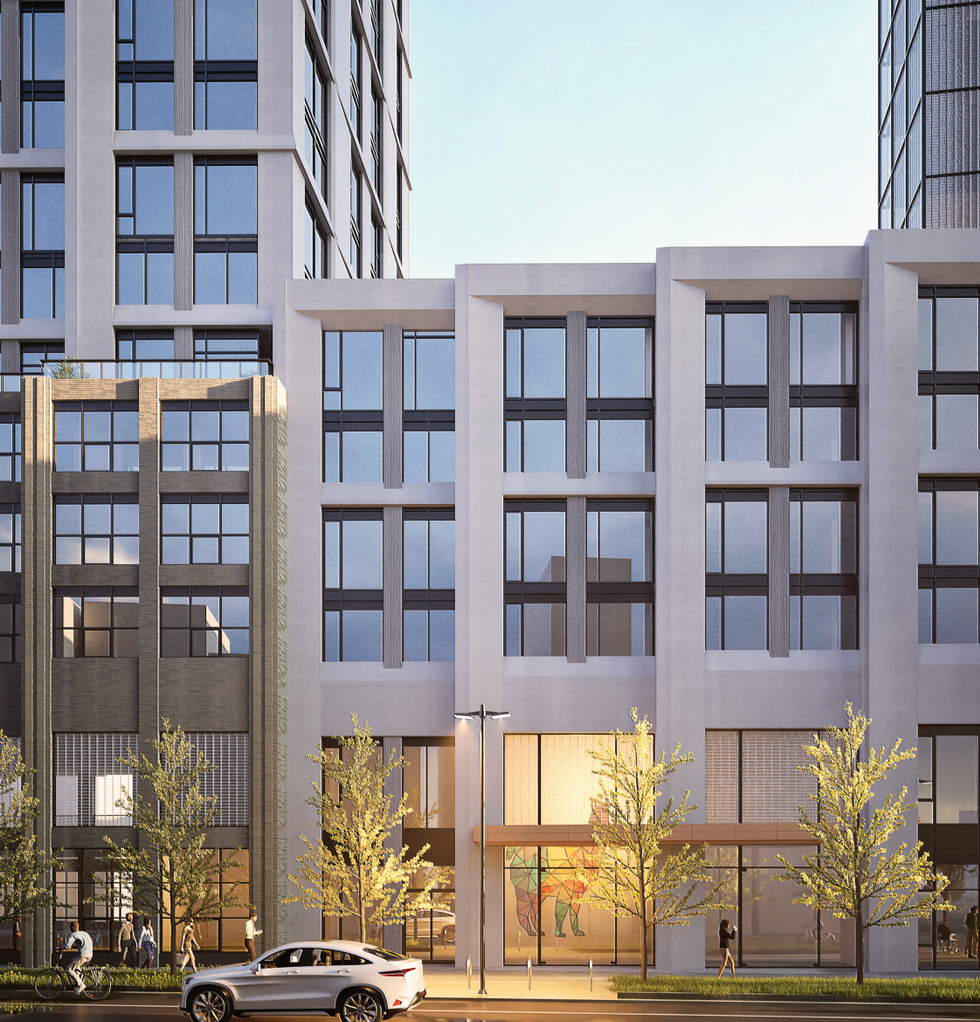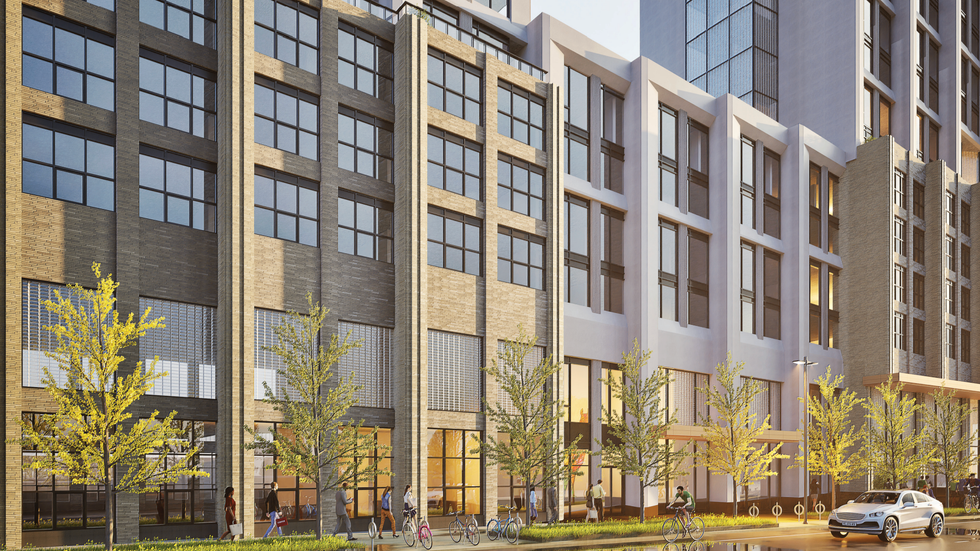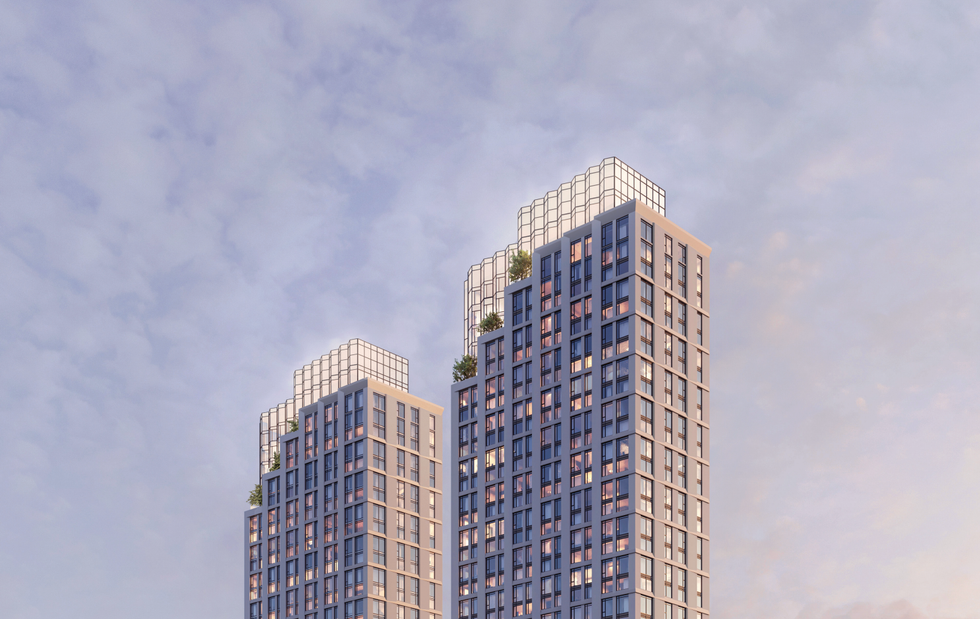Condominium Bylaws
Understand what condominium bylaws are in Canadian real estate and how they affect ownership rights, responsibilities, and condo living standards.

June 06, 2025
What are Condominium Bylaws?
Condominium bylaws are the rules and regulations set by a condo corporation that govern how residents, owners, and the condominium board must use and maintain the property.
Why Condominium Bylaws Matter in Real Estate
In Canadian real estate, bylaws define community standards, outline owner responsibilities, and help maintain property value in shared ownership settings.
Condominium bylaws typically include:
- Rules for common area use and alterations
- Noise, parking, and pet restrictions
- Maintenance obligations
- Voting and board procedures
- Fee and fine structures
They are legally binding and enforced by the condo board or management company. Violations can lead to penalties, legal action, or loss of privileges.
Understanding condo bylaws is essential for anyone purchasing or living in a condominium unit.
Example of Condominium Bylaws in Action
A condo owner installs hardwood flooring without board approval and is fined for violating the condominium bylaws regarding noise and flooring materials.
Key Takeaways
- Legally enforceable condo community rules
- Define owner rights and responsibilities
- Enforced by the condo board
- Affect daily living and resale
- Must be reviewed before purchase
Related Terms
- Reserve Fund
- Building Maintenance
- Common Elements
- Special Assessment
- Condo Fees


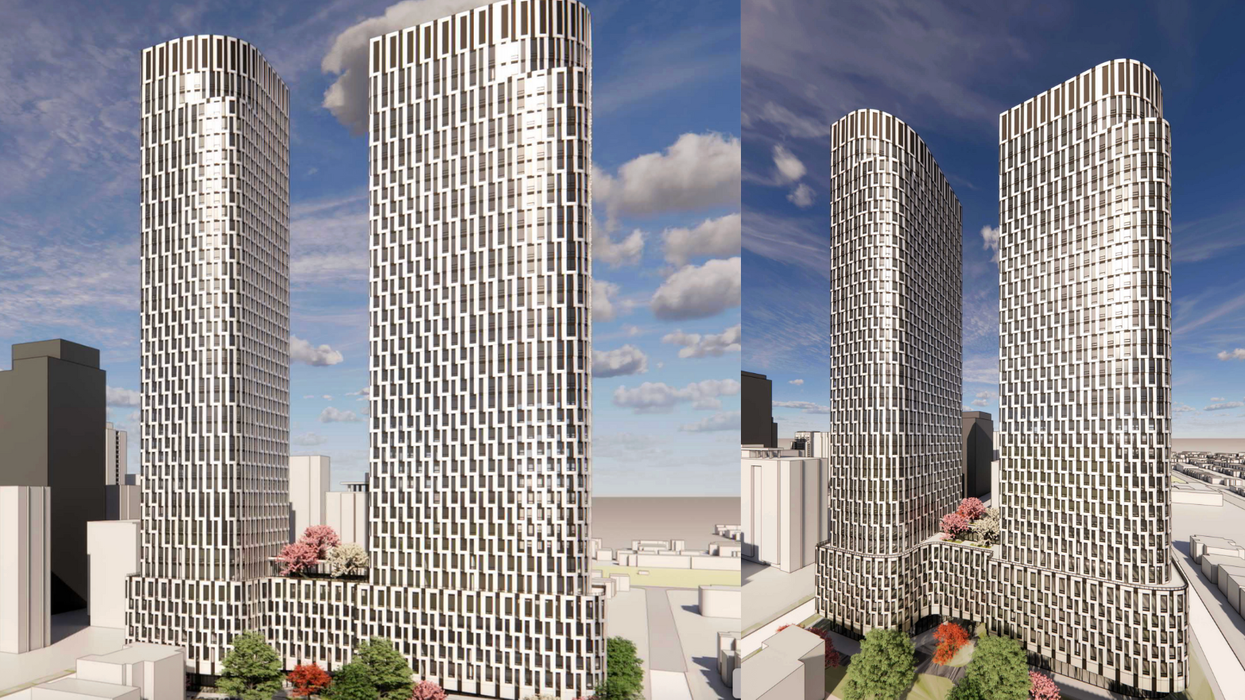
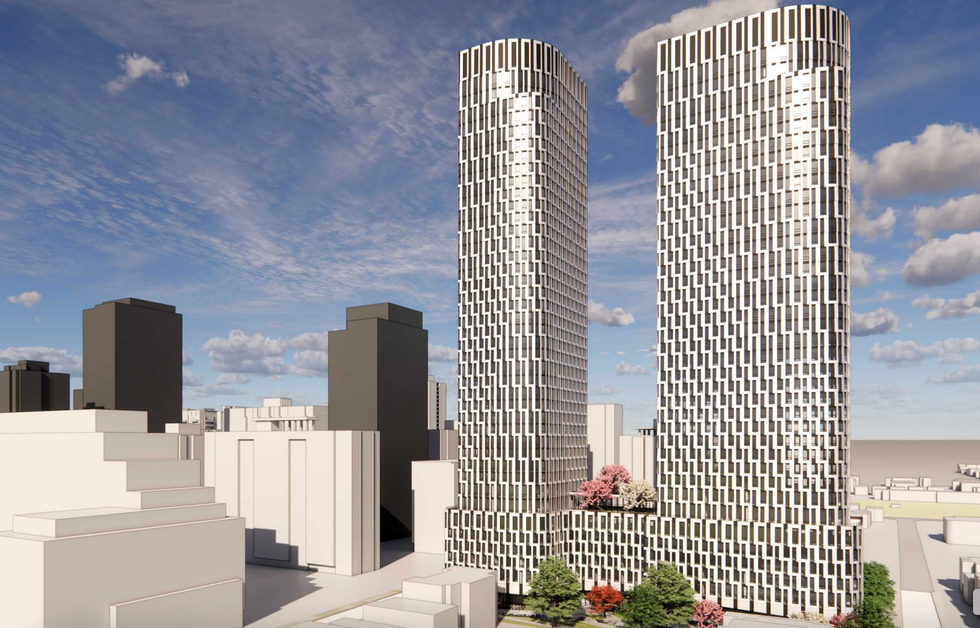

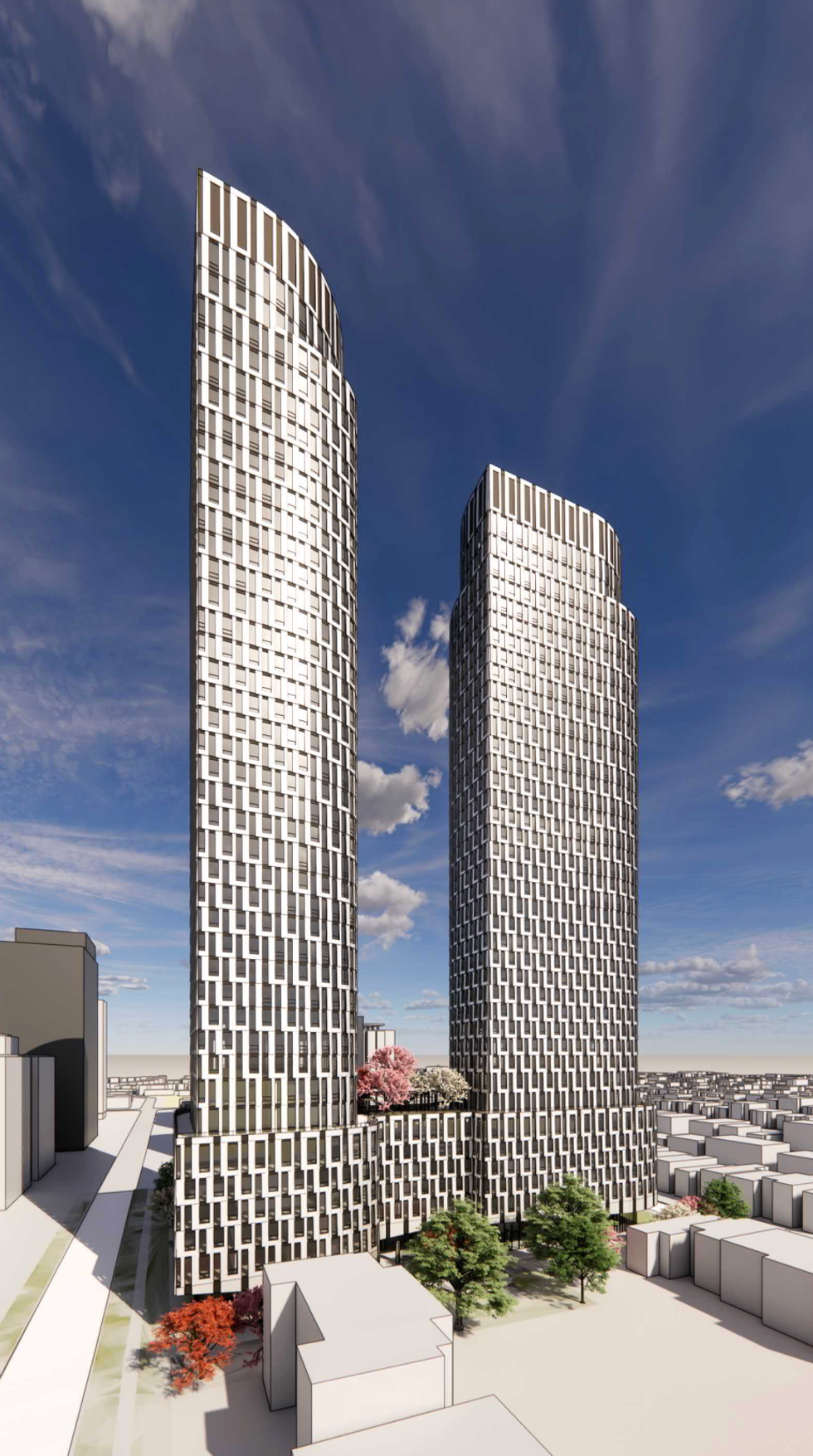
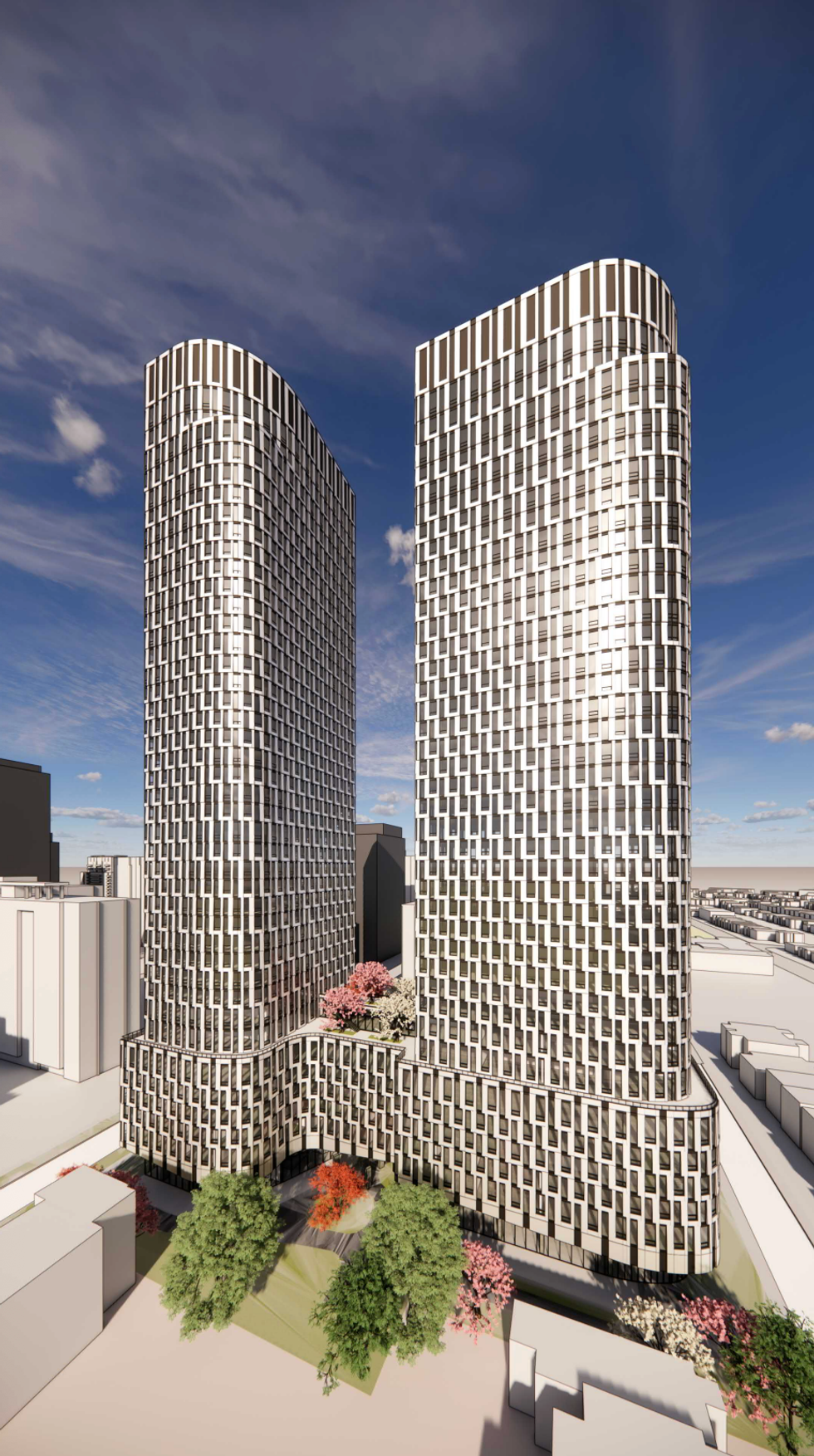


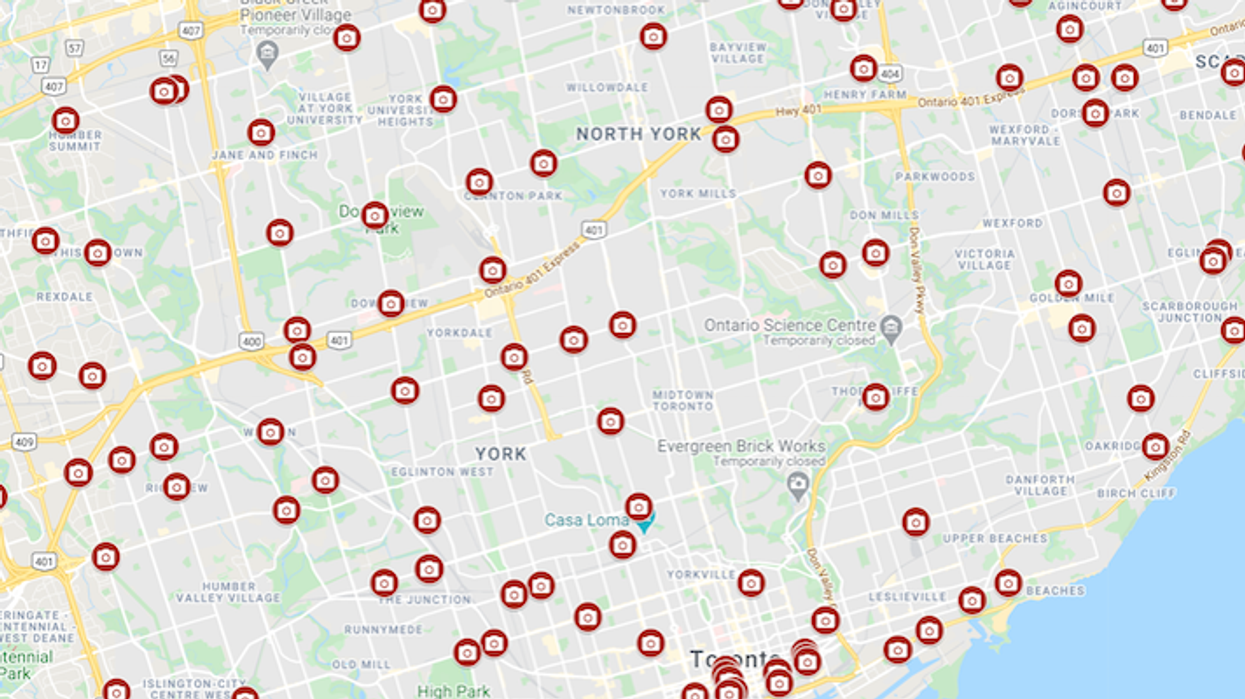

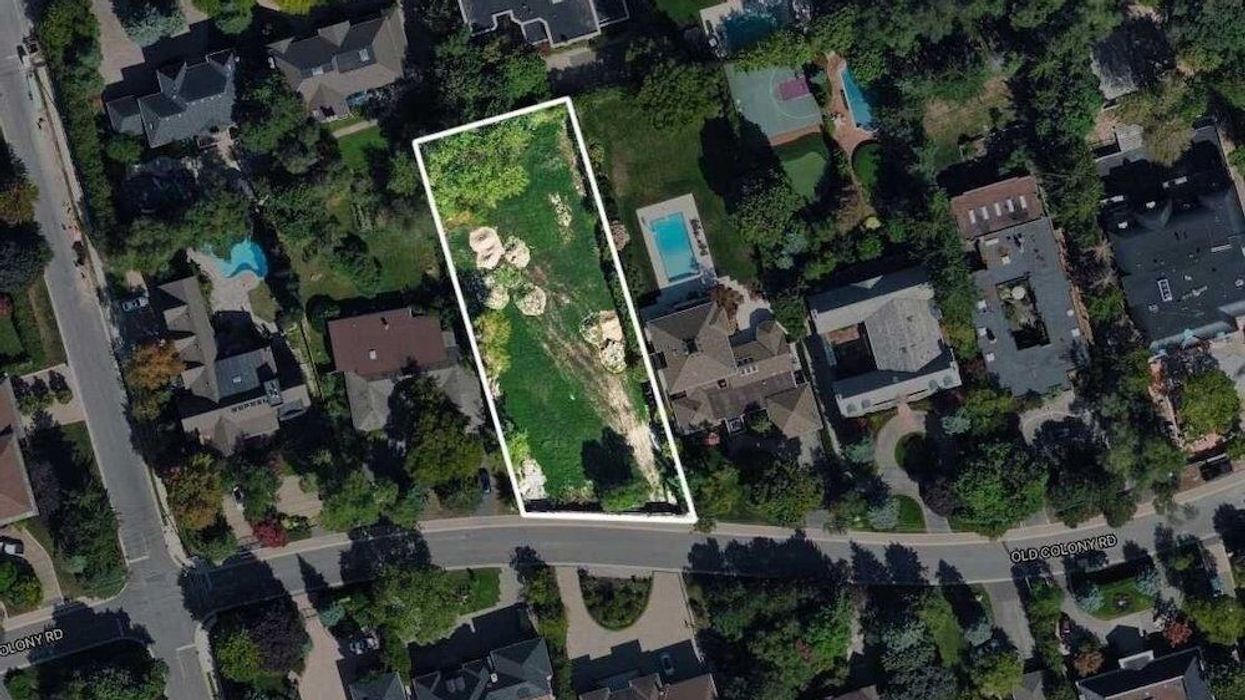
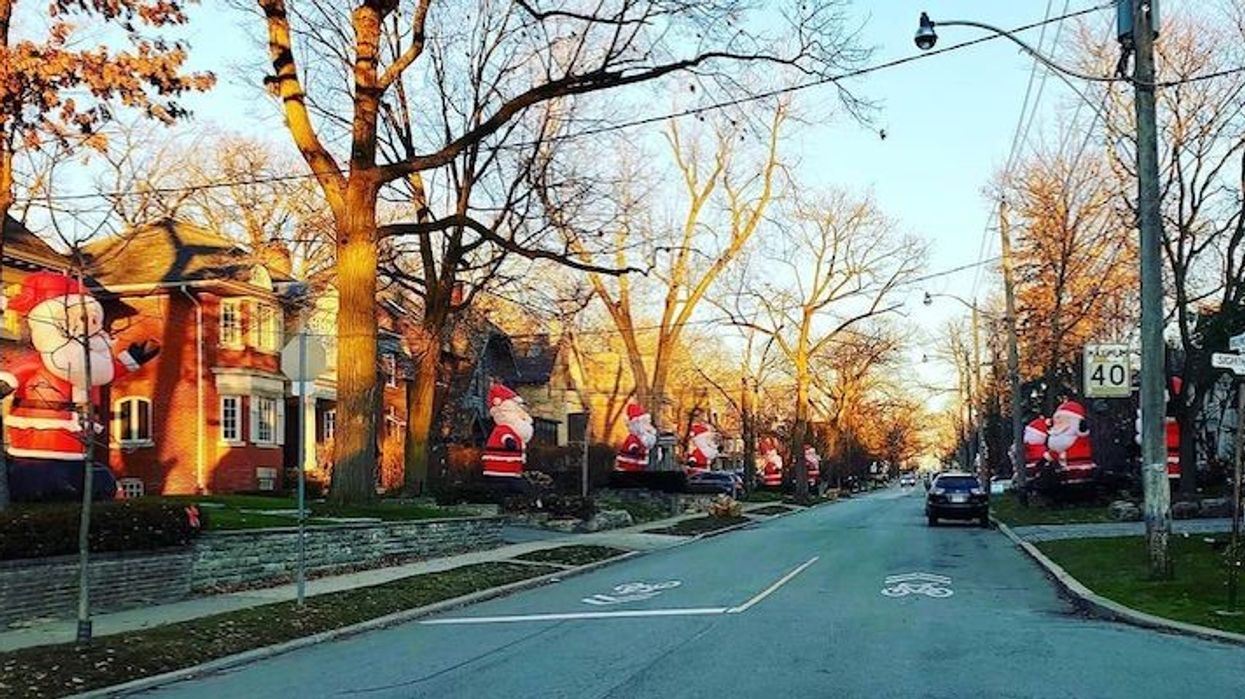
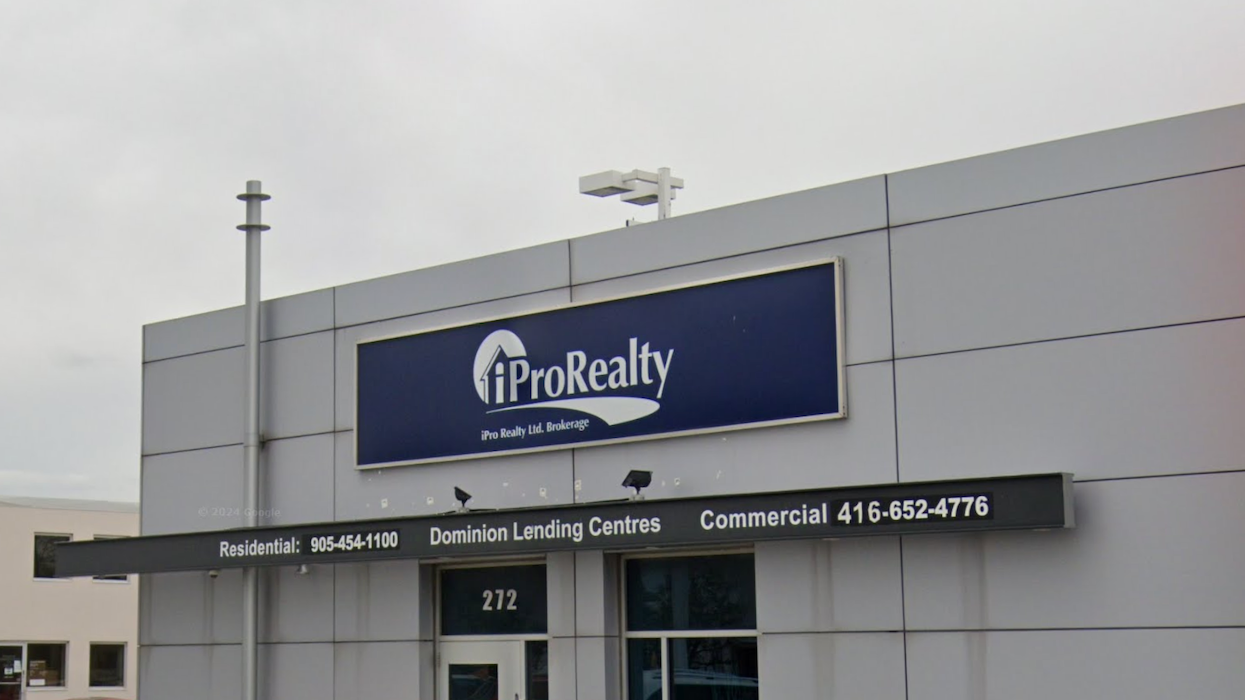
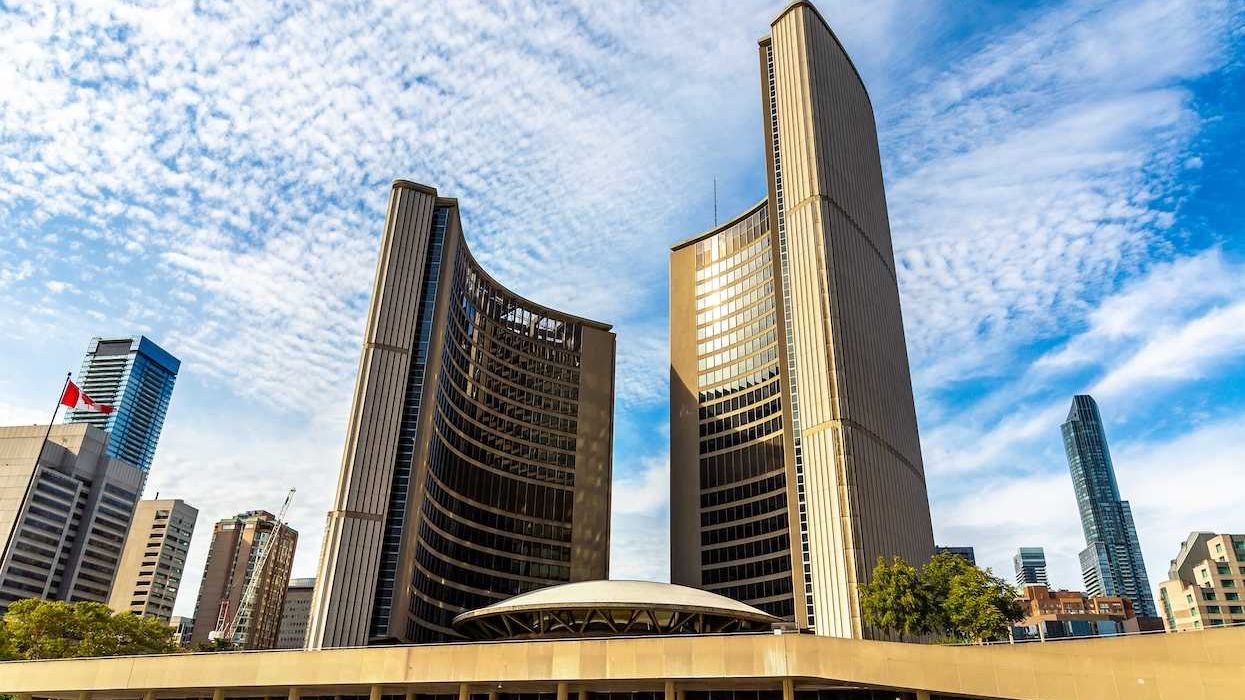
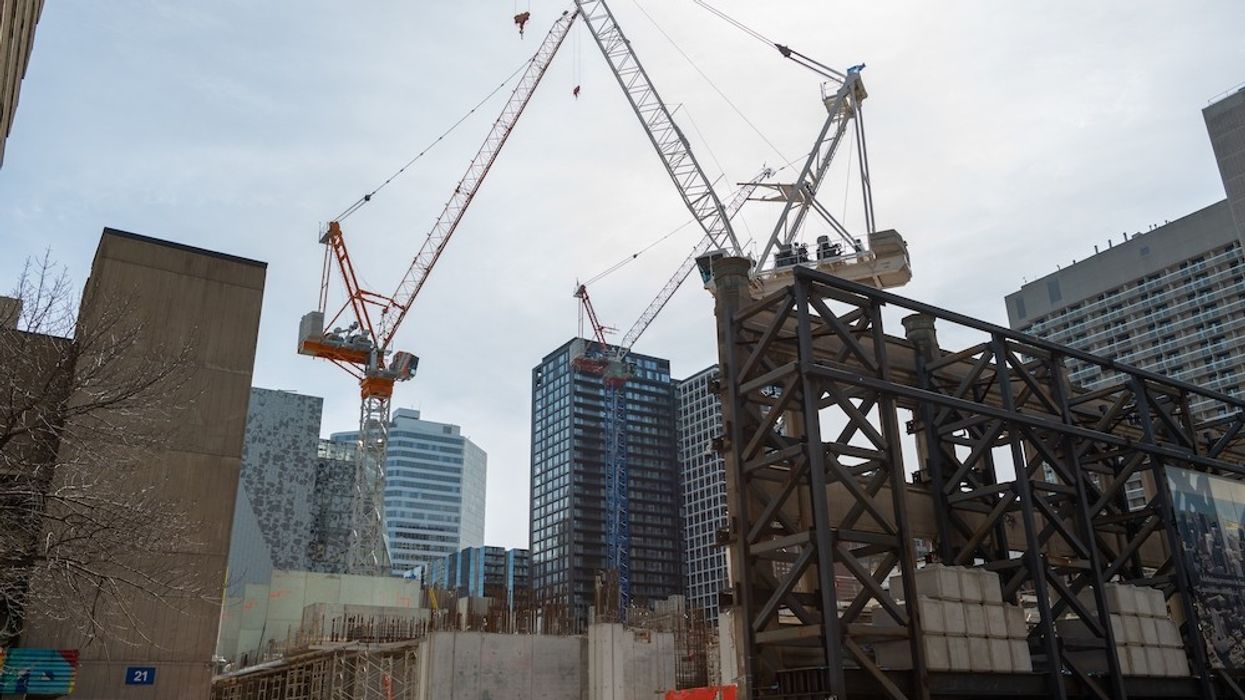
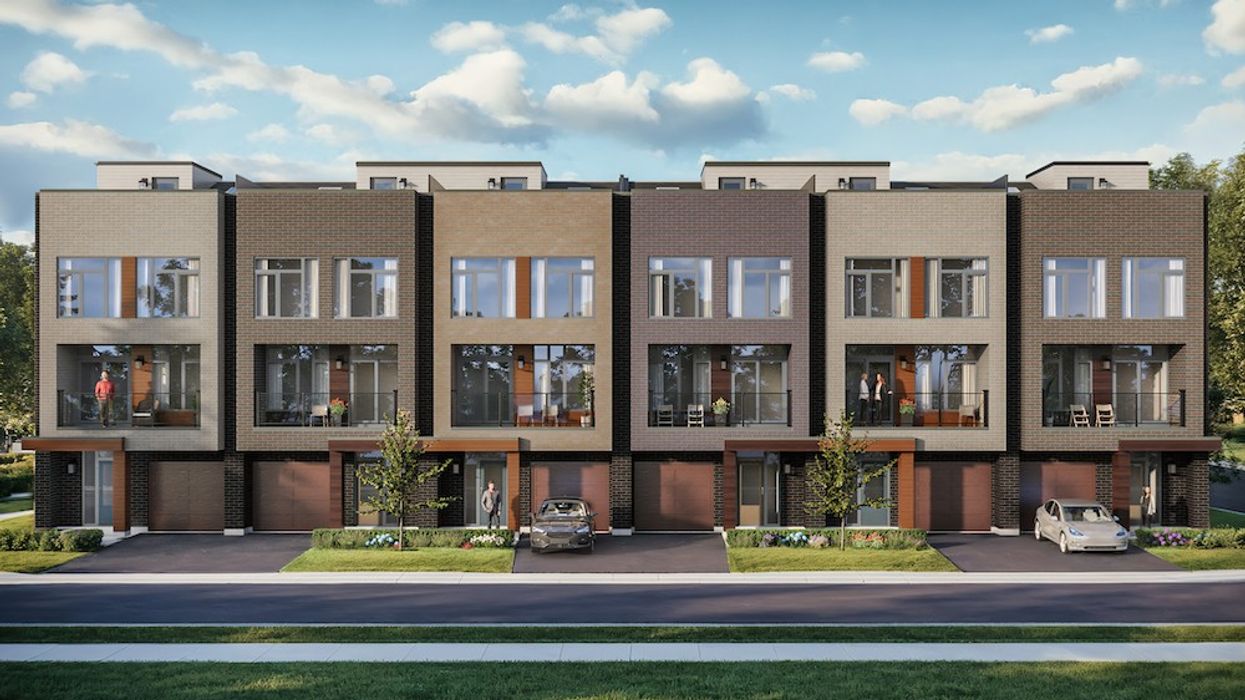
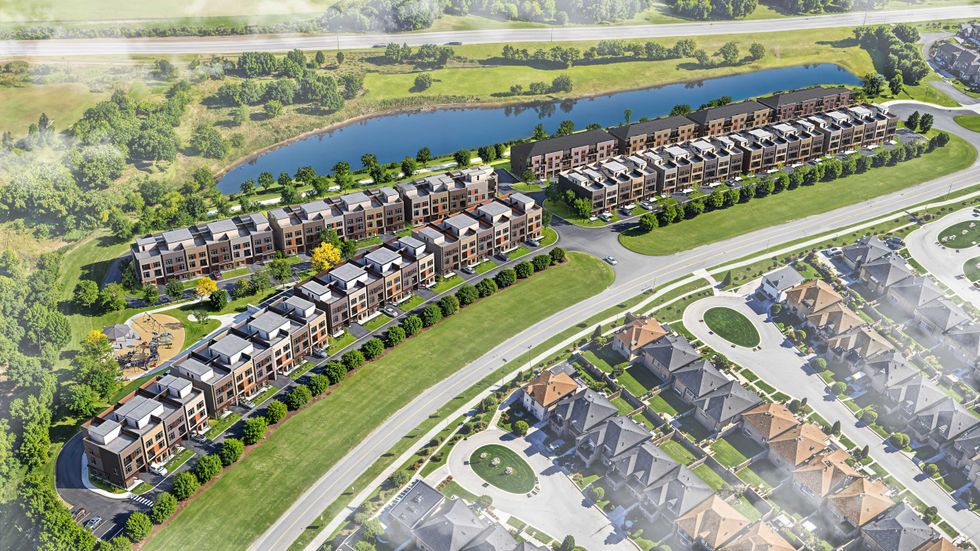 Camcos Living
Camcos Living Shutterstock
Shutterstock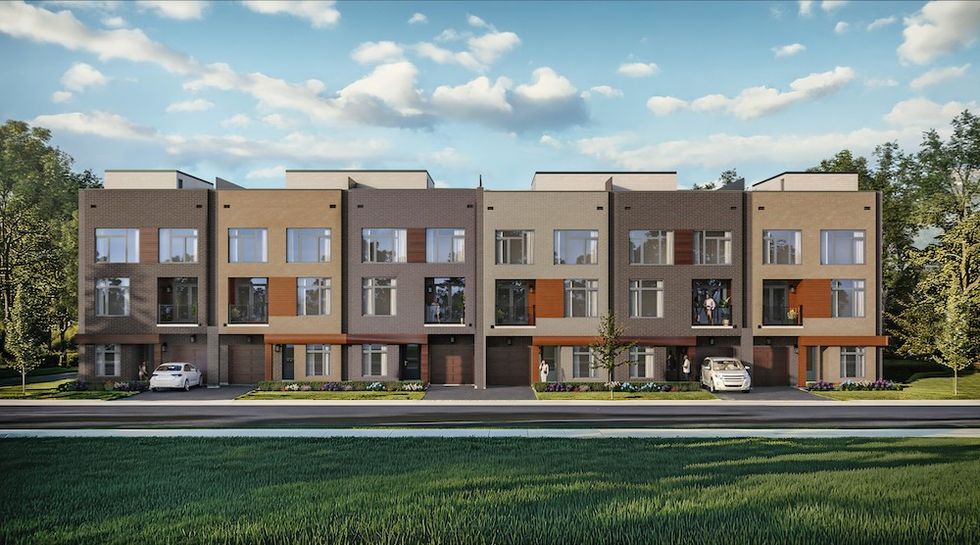 Little Rouge Block G/Camcos
Little Rouge Block G/Camcos Camcos Living
Camcos Living Camcos Living
Camcos Living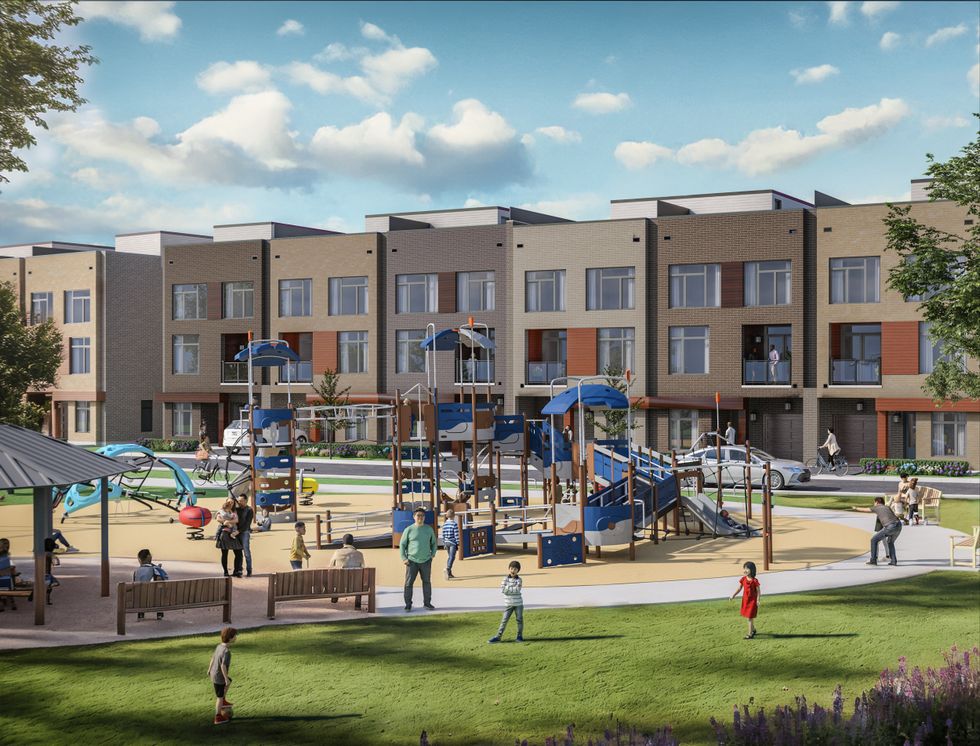 Camcos
Camcos
